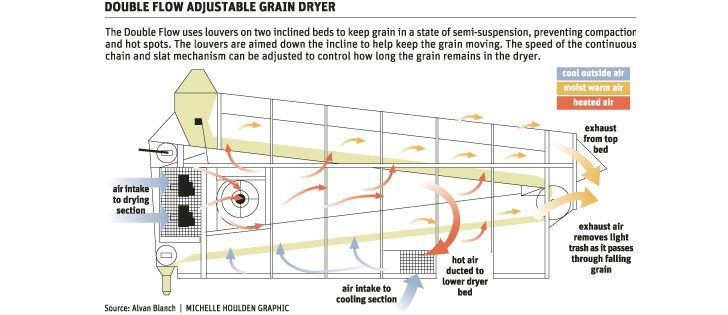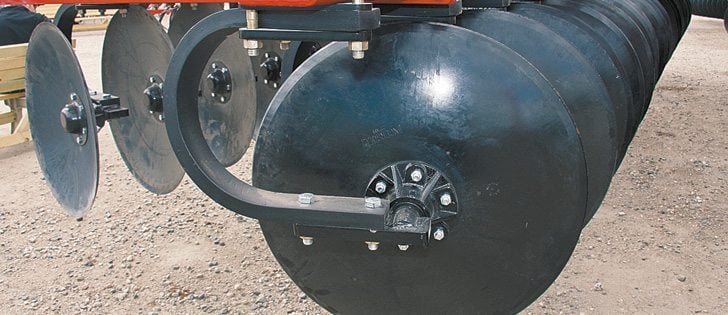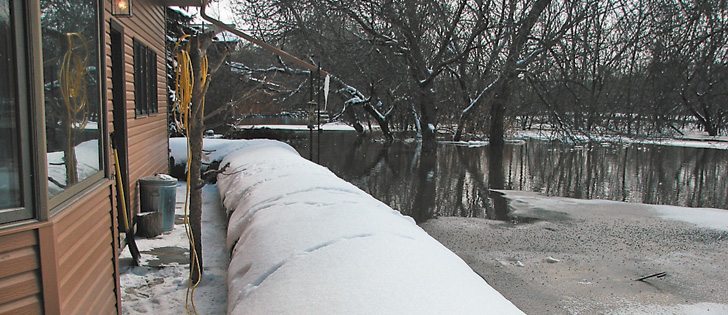Canola producers are encouraged to check their fields for striped flea beetles this spring.
Striped flea beetles are more tolerant of seed treatments and are more likely than crucifer flea beetles to live through such treatments, said a Canola Council of Canada news release.
Striped flea beetles are also gaining territory, especially in central parts of the Prairies.
Flea beetles are small leaf-feeding beetles that jump when disturbed and are the most chronically damaging canola pest in Western Canada.
An Agriculture Canada study from 2007 to 2011 showed striped flea beetle numbers increasing through Manitoba, central Saskatchewan and central Alberta.
Read Also

Sugar beet harvest underway in southern Alberta
Alberta Sugar Beet Growers hosts field tour to educate the public on the intricacies of the crop, its harvest process, and contracts with Lantic Sugar
They are not always the dominant species. In southern Alberta, striped flea beetles accounted for one percent of the flea beetle population in 2008, 62 percent in 2009 and back down to four percent in 2010.
Striped flea beetles jumped from less than one percent in 2008 to 70 percent in 2011 in the Brooks area of southern Alberta.
Striped flea beetles have two orange and tan stripes down their backs, emerge earlier than other species and are a greater threat to earlier seeded canola.
It’s estimated flea beetles can cause up to 10 percent crop yield loss and can cause hundreds of millions of dollars damage.
Flea beetles fly when the air temperature is higher than 14 C and are most active on warm, sunny, dry and calm days.
Farmers are encouraged to scout several areas of a field before making a decision to control the insects.














